-
Rational function definition
A fraction where the numerator and denominator are polynomial functions
-
True or false: cos(x) is an even function
True
-
A function is left continuous at a point c if _______
While approaching c from the left, the function is continuous
-
A function is continuous at a point c if ________
It is continuous while approaching c from the left and right; it is right continuous and left continuous
-
Formal definition for right and left continuous functions

-
First principles derivative formula

-
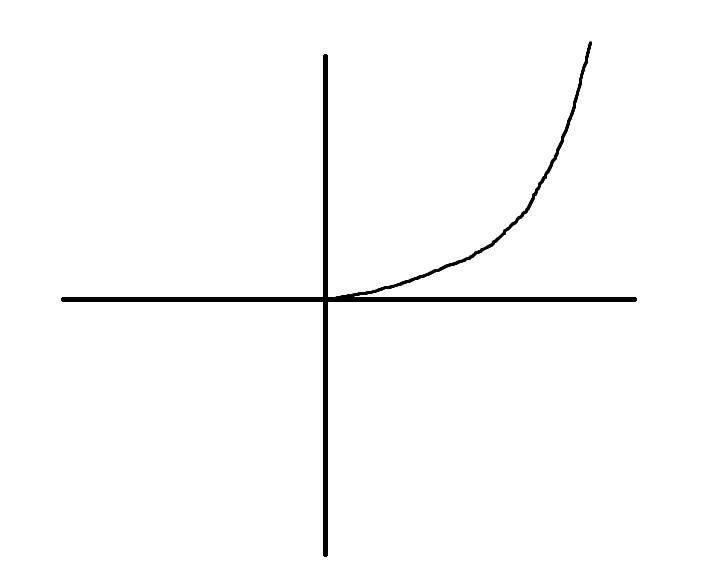
Is this concave up or down?
Up
-
Convex is also called concave _______
Up
-
Concave is also called concave __________
Down
-
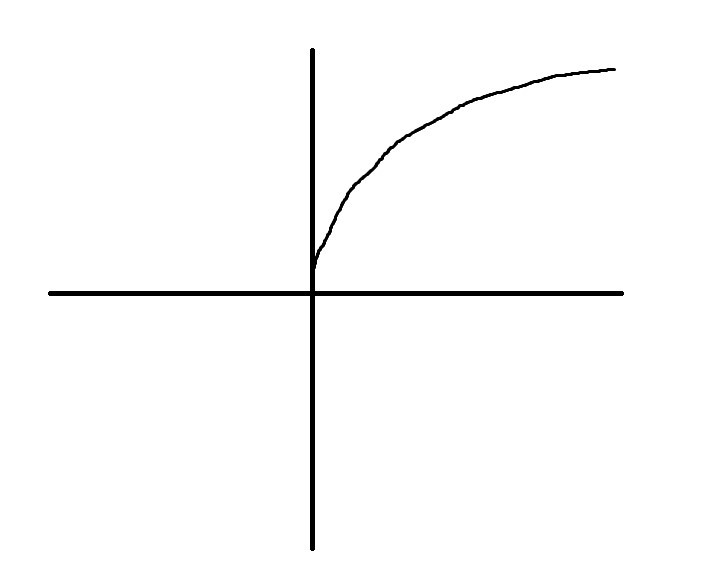
Is this concave up or down?
Down
-
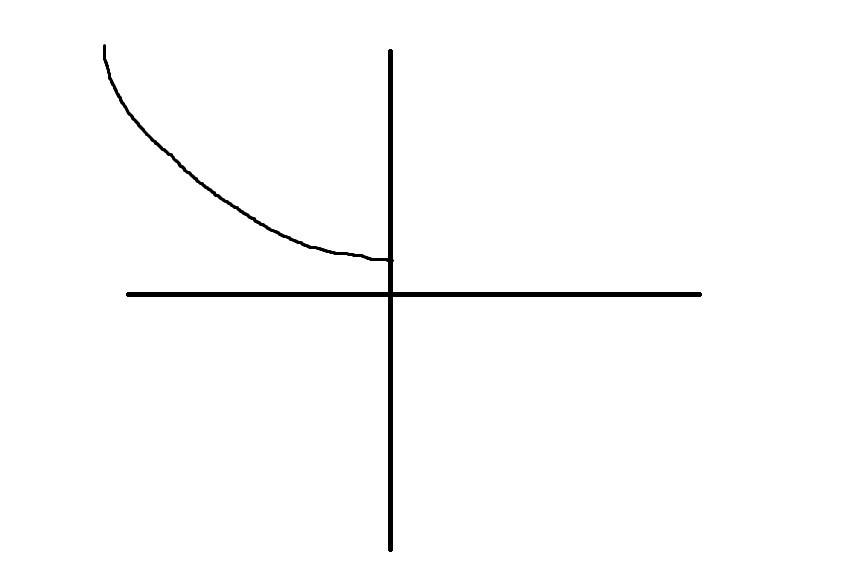
Is this concave up or down?
Up
-
Notes limit notation
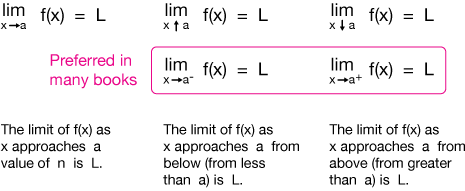
-
is -x^2 bounded above or below?
Above
-
An oblique asymptote is formed when the degree of the numerator polynomial is ____________ than the degree of the denominator polynomial
1 higher
-
Derivative of |x|
x / |x|
-
Notes improper integrals
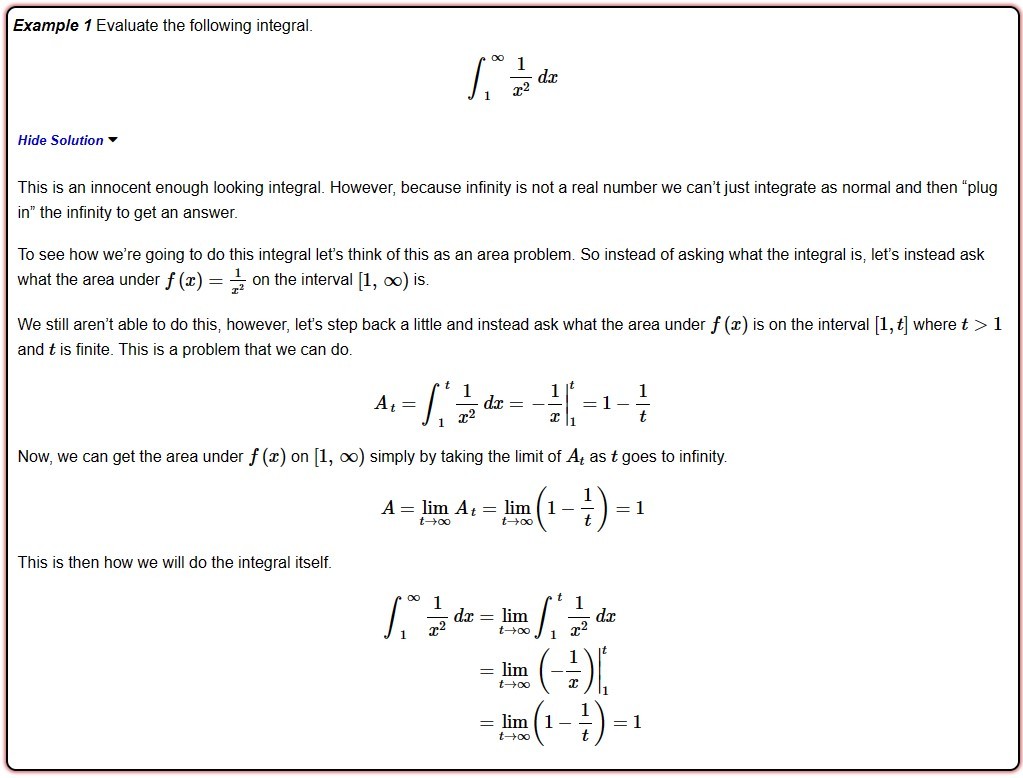
-
L'hopital's rule is only applicable with the indeterminate forms _______ and _______
[0 / 0], [∞ / ∞]
-
Is f(x)=x^3 increasing at x=0?
Yes, despite the derivative being 0
-
If the second derivative is negative, at that point is the function concave up or down?
Down
-
Min-max theorem: a __________ function on a ________, __________ domain reaches an absolute minimum and maximum
Continuous, closed, bounded
-
Square brackets mean the endpoint is _________, while round brackets mean it is ___________
included, excluded
-
Average value of a function on [a, b] formula

-
Sequences - convergence definition
After an index N, all terms aₙ are within a distance ε from the limit L
-
Can a sequence have a vertical asymptote?
No
-
Is the convergence/divergence of a sequence affected by addition, subtraction, multiplication or division (using a constant)?
No
-
Squeeze theorem definition
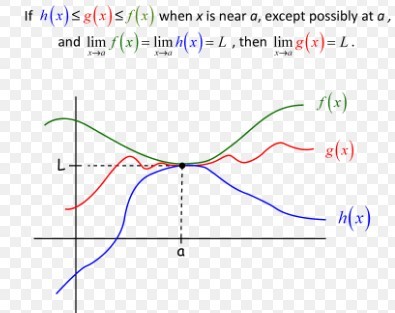
-
Positive/negative sequence definition
All terms are positive/negative
-
Geometric series sum to infinity formula
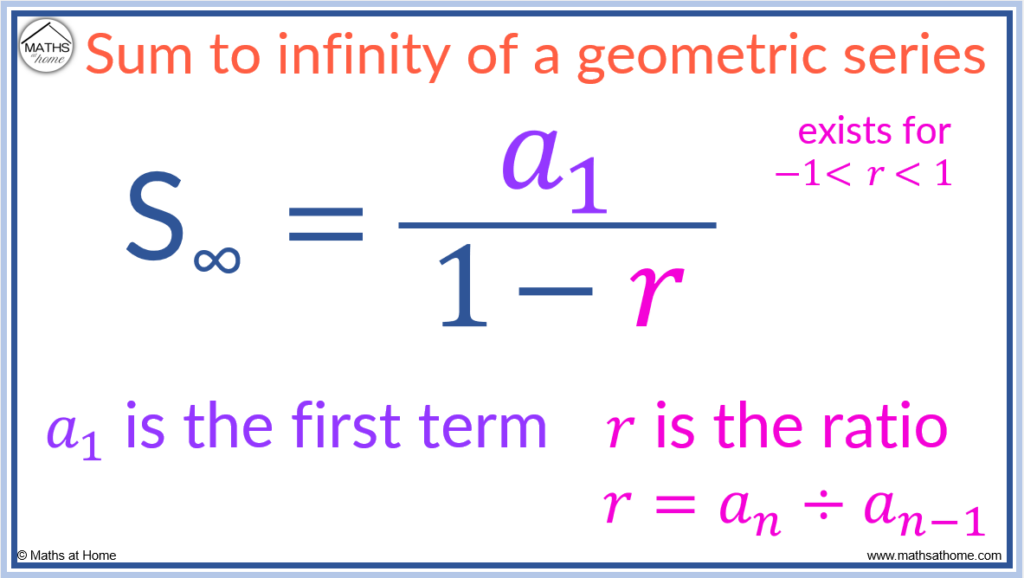
-
If the integral of a function converges, does the series denoted by that function converge as well?
Yes
-
What is the p-series
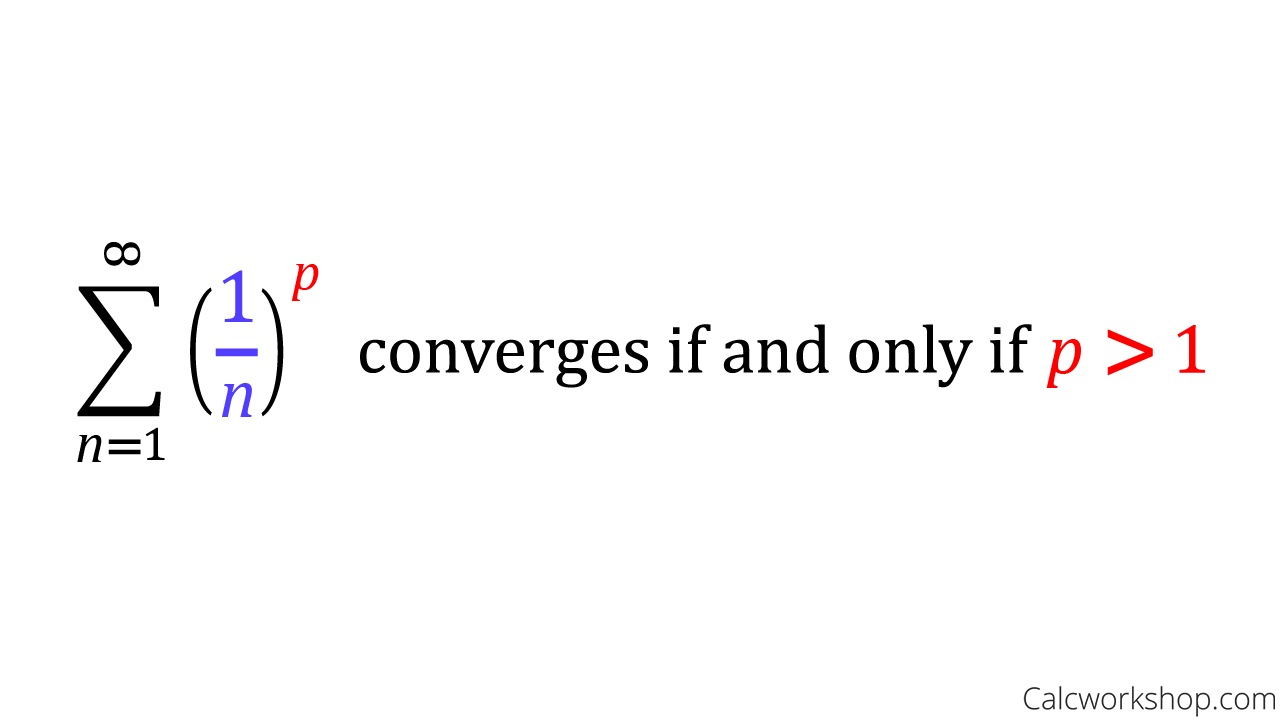
-
1/n is called the _______ series
Harmonic
-
If the integral of a function diverges, does the series denoted by that function diverge as well?
Yes
-
What is the comparison test?
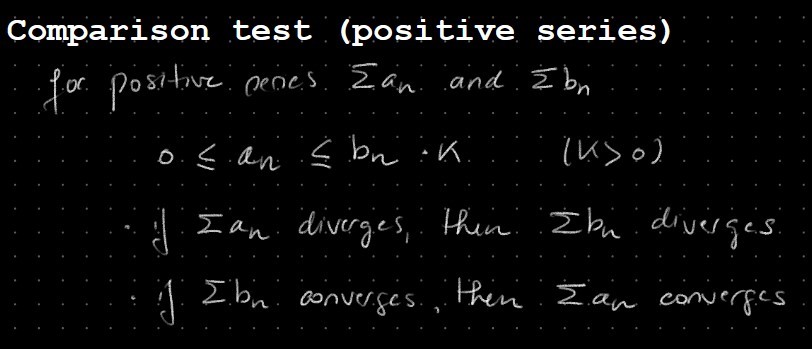
-
The comparison, limit comparison and ratio tests only work for _______ series.
Positive
-
What is the limit comparison test?

-
If after applying the limit comparison test L=3 and Σbₙ converges, can you conclude anything about Σaₙ?
Yes, that Σaₙ also converges.
-
If after applying the limit comparison test L=∞ and Σbₙ converges, can you conclude anything about Σaₙ?
No
-
If after applying the limit comparison test L=∞ and Σbₙ diverges, can you conclude anything about Σaₙ?
Yes, that Σaₙ also diverges.
-
If after applying the limit comparison test L=0 and Σbₙ diverges, can you conclude anything about Σaₙ?
No
-
What is the ratio test?
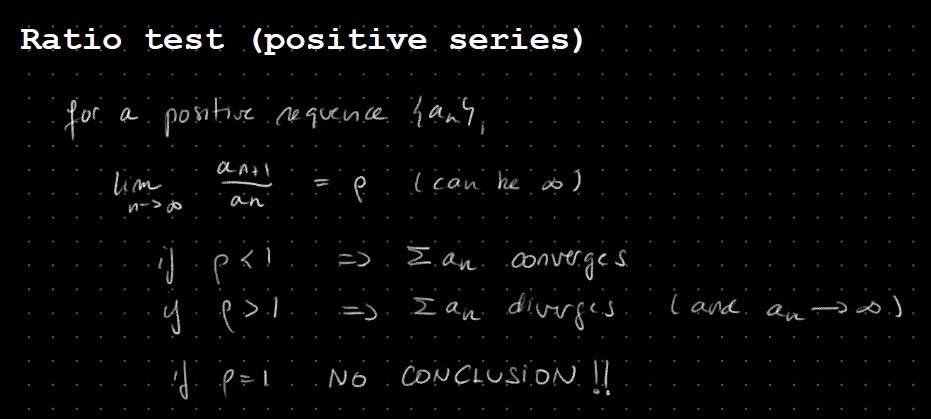
-
If after applying the ratio test p=1, what can be concluded (if anything)?
There is no conclusion
-
If after applying the ratio test p>1, what can be concluded (if anything)?
Σaₙ diverges, and aₙ -> ∞
-
What is absolute convergence?

-
A series that is convergent but not absolutely convergent is called ________ convergent
Conditionally
-
What is the alternating series test?
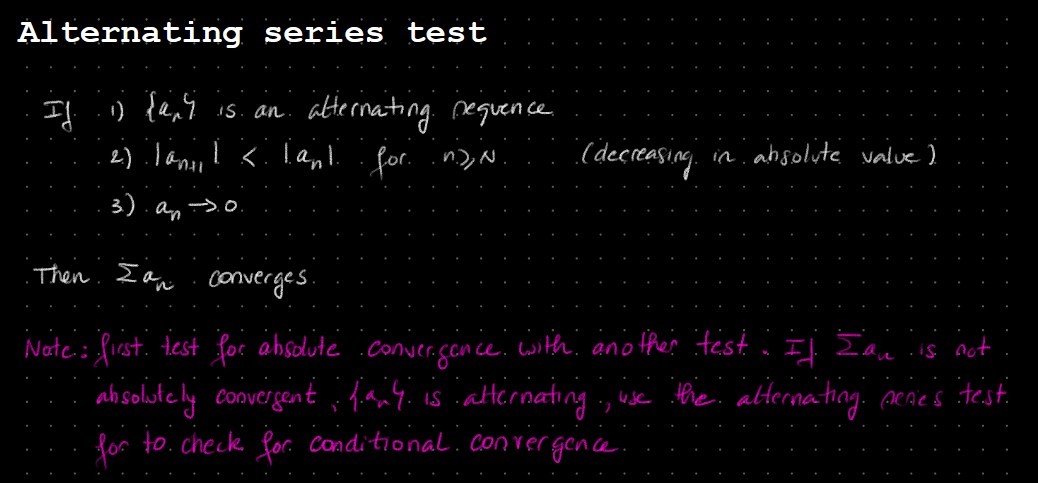
-
For the alternating series test to be applicable, aₙ as n->∞ must tend to _.
0
-
Not in lectures - What is the integrating factor formula?
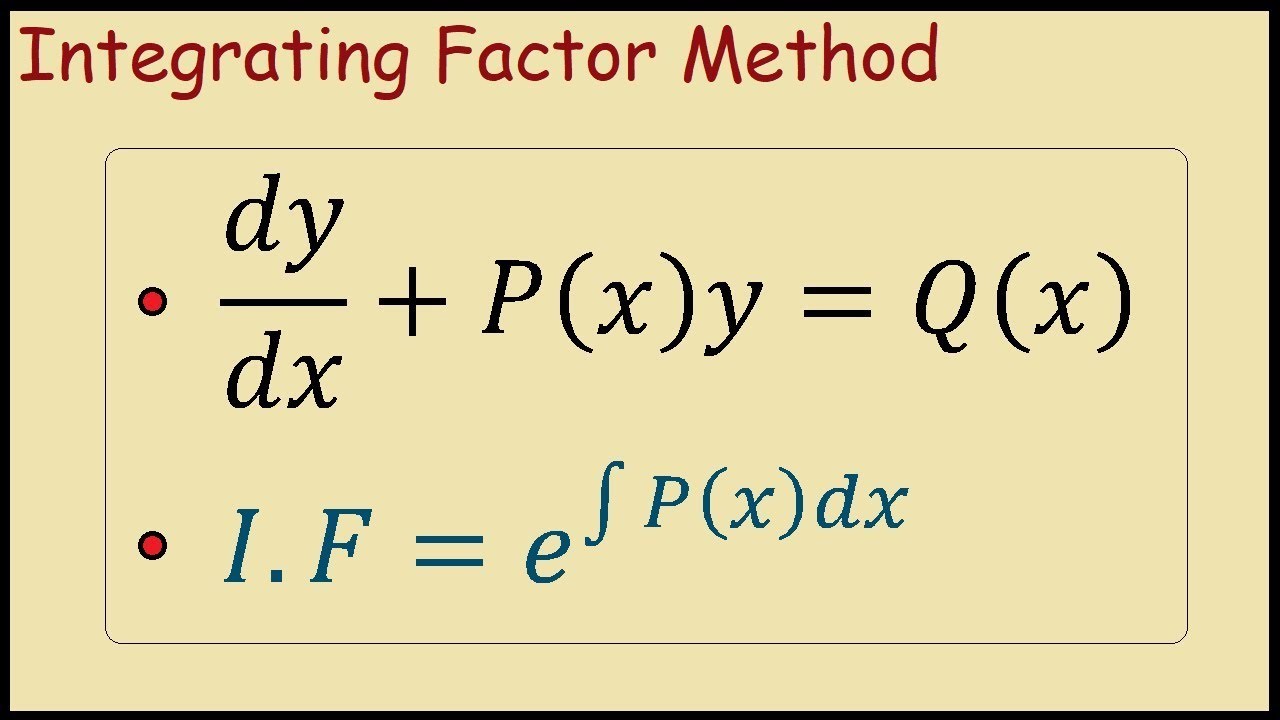
-
Is the differential equation y' + sin(y) = x linear?
No
-
Is the differential equation y' + ysin(x) = x^2 linear?
Yes
-
What does ODE stand for?
Ordinary differential equation
-
What is order? (differential equations)
The highest derivative that a differential equation contains. Eg. in y'' + xy' + y = x, the order is 2 because of y''.
-
What is degree? (differential equations)
The power to which the highest order derivative is raised. Eg. in (y'')^3 + y'x + 2xy = 0, the degree is 3, since the highest order derivative y'' is raised to the 3rd power.
-
Symbol used instead of 'd' in partial derivatives
∂

